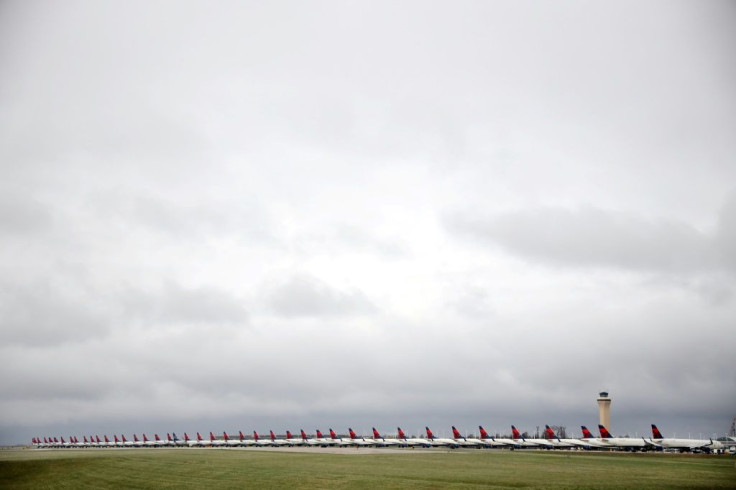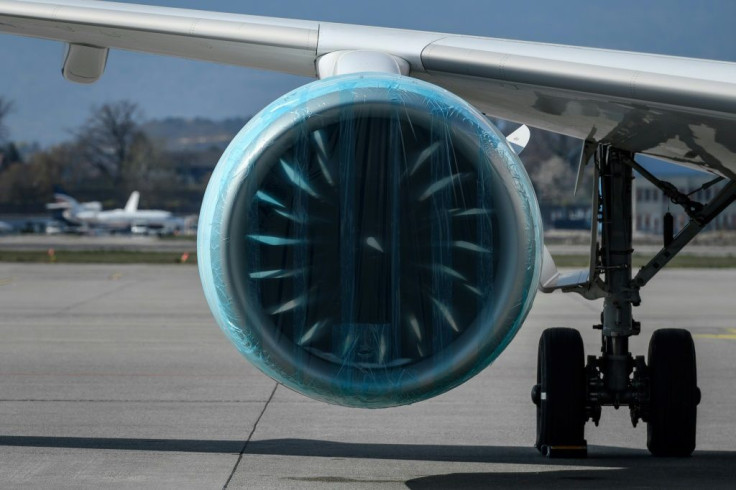Airlines Face Uncertain Future And Need Aid Fast: IATA

Airlines have been mauled by COVID-19 and the industry has cried out for help from governments to survive a crisis that could cripple a key sector of the economy.
As countries closed their borders and resorts shut down for an indefinite period, airlines grounded their planes and furloughed thousands of workers.
In early April, global traffic was 80 percent below the same period a year earlier, quashing recent forecasts that the number of airline passengers would double within 20 years with annual growth of three to four percent.
The International Air Transport Association estimated Tuesday that passenger revenues would plunge by 55 percent, or $314 billion, in 2020 due to the coronavirus pandemic.
In late March, the IATA, which represents 290 carriers, forecast that half of the world's airlines would run out of cash within two to three months.
It urged governments to support airlines either by nationalising them or injecting fresh capital, waiving or delaying charges including taxes, or providing loan guarantees.
In the United States, Treasury Secretary Steven Mnuchin and 10 airlines have now reached an agreement on financial aid to keep paying workers and avoid bankruptcies.
Terms of the agreement, part of a broader US rescue plan adopted last month that included $25 billion in subsidies for US airlines, were not made public.
According to a source close to the negotiations, the deal will see the US government becoming a shareholder in the companies.
The US aviation sector that employs 750,000 people.
Other countries have also agreed to help airlines but "we encourage all of them to move quickly," emphasised IATA director general Alexandre de Juniac, adding: "We need the money" to show up on airline's balance sheet.
He estimated that 25 million jobs were at stake worldwide.

On Wednesday, French Economy Minister Bruno Le Maire said unspecified support for flag carrier Air France was just "a matter of days" away.
Lufthansa boss Carsten Spohr has warned the German government meanwhile that his group is losing a million euros ($1.1 million) an hour.
Australia, China, Colombia, Denmark, New Zealand, Norway, Singapore, Sweden and the United Arab Emirates have also responded to calls for help from locally-based airlines, the IATA said.
National airlines "that are a tool of sovereignty and prestige will probably obtain support from their countries," noted Bertrand Mouly-Aigrot, an aviation specialist at Archery Strategy Consulting.
But small independent carriers or low-cost long-haul airlines are "the most at risk" he added, with the latter still in a development phase where their long-term survival is less sure.
The consulting group's best-case scenario foresees three or four years before airline traffic climbs back to pre-crisis levels, and around a decade before the previous growth rate is reached, owing to a widely-expected global recession.
The airline sector has bounced back before however.
It dealt with the 1990 Gulf War, terror attacks on September 11, 2001, a SARS epidemic in 2002-2003, a financial-economic crisis that erupted in 2007-2008 and the eruption of an Icelandic volcano in 2010 that disrupted air travel.
This time however, "there is a combination of factors that leads us to think demand will return much more slowly and progressively than before," Mouly-Aigrot said.
Finally, IATA chief economist Brian Pearce warned that "there is a relatively small number of financially successful airlines," and thus "a substantial risk of bankruptcy" among others, depending in part on the pace at which emergency funds are provided.
© Copyright AFP 2024. All rights reserved.




















